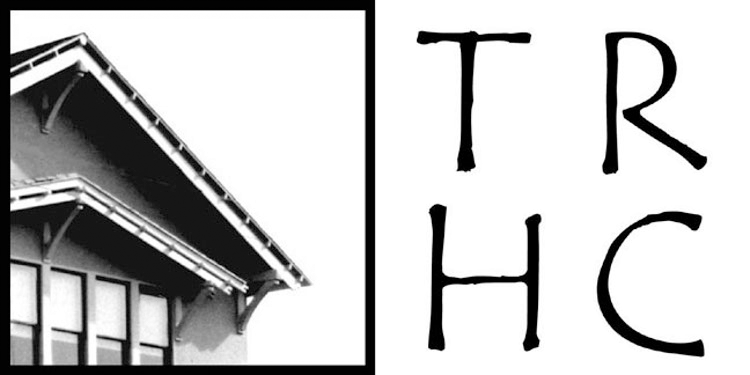Thoughts on Local History
Camp Pistolesi was a small, modest resort across Keys Estuary, just south of Tomales. There was a railroad flag stop here, and tiny cabins. The spot was popular with locals and vacationers alike, apparently the kind of special place that inspired children and adults to enjoy the swing set. Photo by Ella Jorgensen, circa early 20th century.
In the broadest sense, history is simply the story of civilization. And because the natural and man-made environments of local history are familiar to us, its story is approachable, our connection to it often visceral and intimate.
Here is what historian and philosopher Will Durant said about civilization and its story:
“Civilization is a stream with banks. The stream is sometimes filled with blood from people killing, stealing, shouting, and doing things historians usually record, while on the banks, unnoticed, people build homes, make love, raise children, sing songs, write poetry, and even whittle statues. The story of civilization is the story of what happened on the banks…”
Local history seems to most often involve the stories of activity along the banks. To be sure, the local past is not without the inevitable “killing, stealing, [and] shouting…,” but its tight focus usually includes a larger proportion of everyday activities.
Alongside and within these stories of the Everyday, of building homes and writing poetry, singing, children, and love, we often gain a sense of empathy, of understanding and connection — what the History Center’s Mission Statement calls “an awareness of the role we all play on the greater continuum of…history.” To me this perspective is engaging and life-enhancing.
I eagerly welcome you to our new website. May it lead to greater interaction among our members, friends, and neighbors, and become a place to not only learn about the past, but to enjoy and connect to it. Here’s to Life on the Banks of civilization’s stream.
This early 1880s view of six houses on the east side of Tomales’s Maine Street (Highway One) is completely recognizable today, and illustrates how an enduring environment can encourage a sense of the continuity of life.

